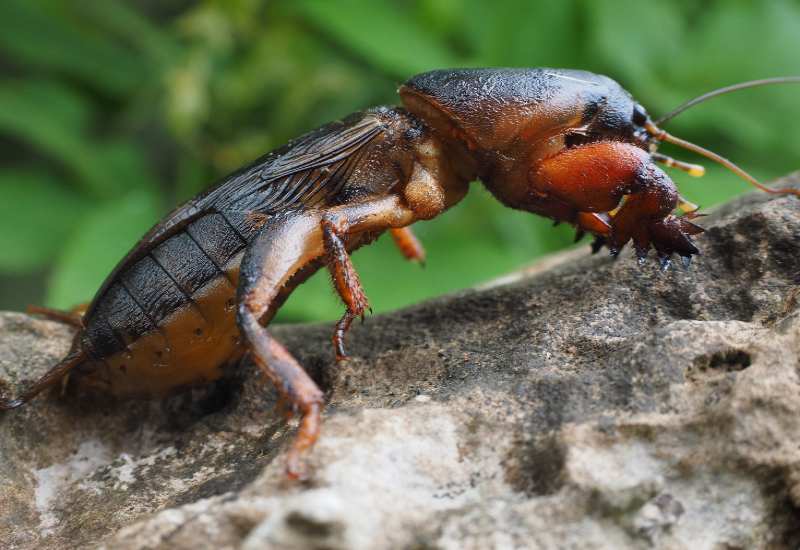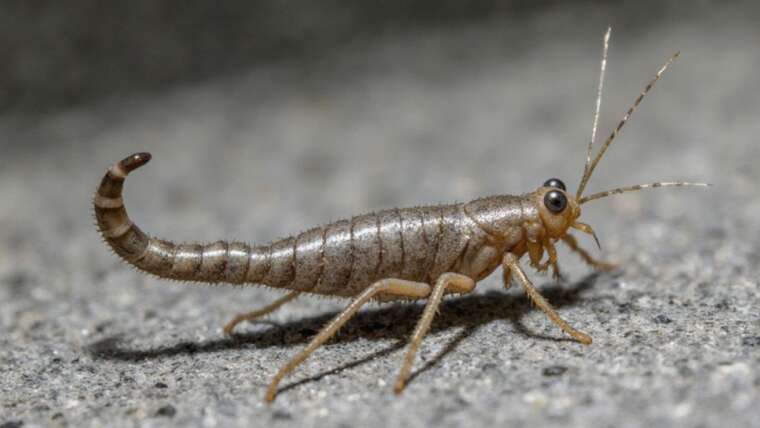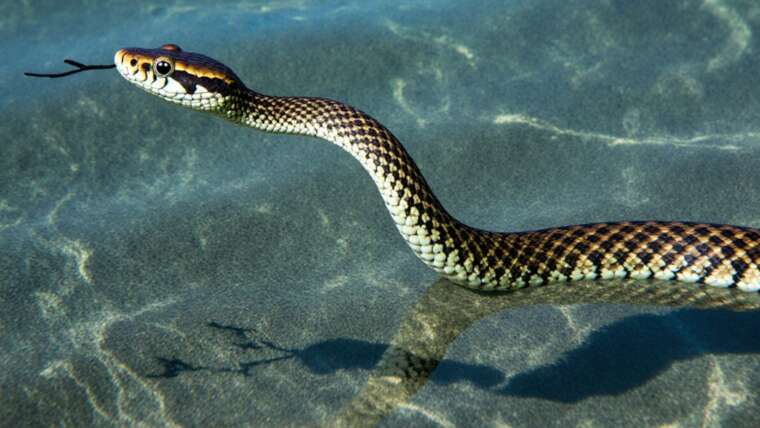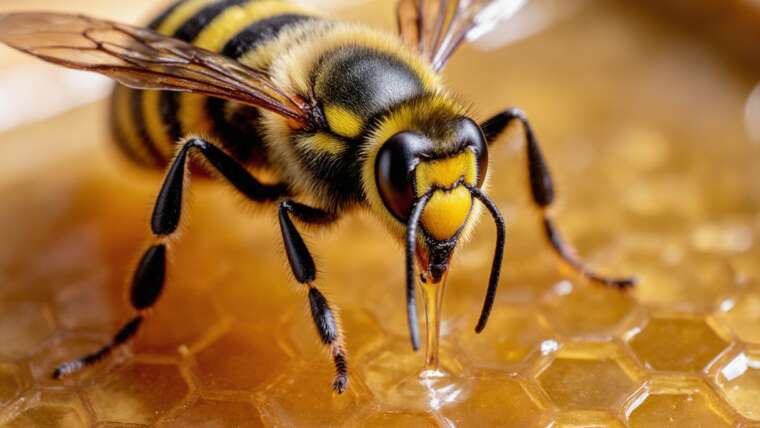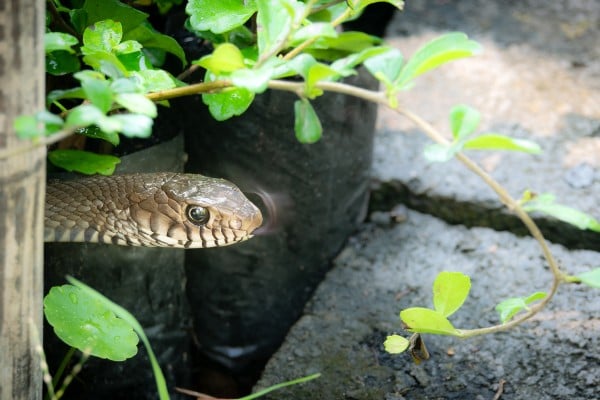Understanding Mole Crickets and Their Impact on Lawns
A well-watered lawn and garden can quickly attract a variety of burrowing pests that can wreak havoc on your landscape. Among the most problematic of these are gophers, moles, voles, and ground squirrels, all of which can undermine the integrity of your lawn by creating unsightly tunnels and holes. What many homeowners may not realize, however, is that certain insects, such as the mole cricket, can also be significant nuisances. Research from the University of Georgia indicates that the financial damage caused by mole crickets now exceeds an astonishing $20 million annually, showcasing the urgency for homeowners to be aware of and manage these pests effectively.
Tip: A proactive lawn care routine that includes regular inspections can help catch potential infestations early before they escalate.
Seasonal Identification of Mole Crickets
To effectively identify mole cricket mounds, homeowners should consider the timing of year-round mole cricket activity. Mole crickets begin their mating process in early spring. Following this period, they take flight on humid nights from late March to early June, scouting for fresh territories to nest and lay their eggs. By mid-summer, these eggs hatch, leading to an increase in mole cricket activity peaking from late August through October. Notably, even residents of the eastern and southeastern United States should remain vigilant year-round, as a mole cricket infestation can occur at any time.
Tip: Investing in a soil moisture meter can help you understand when to best water your garden, making it less appealing to mole crickets.
What Do Mole Crickets Look Like?
Mole crickets belong to the order Orthoptera, closely related to house and field crickets. These pests can grow up to 1.5 inches long and often display dark eyes. They are distinct from their cricket cousins by their size and shape; while crickets have elongated, spindly front legs, mole crickets possess shorter, clawed forelegs resembling those of a mole. These specialized claws act as shovels, allowing mole crickets to excavate intricate tunnels that can extend up to 20 feet long and dig down as deep as 30 inches underground, with the potential to significantly damage your lawn.
Mole crickets typically present a grayish-brown or tan coloration, setting them apart from field crickets, which are usually darker. Although female mole crickets have the ability to fly, neither males nor females possess the capability to jump.
Tip: If you’re trying to identify mole crickets, look for their burrowing patterns around dusk; they are most active at this time.
Identifying Mole Cricket Mounds
Mole crickets leave noticeable signs of their tunneling, often causing small holes and dirt mounds to emerge throughout the yard. Unlike the larger mounds created by gophers, which can measure up to a foot in diameter, mole cricket mounds are considerably smaller and can easily be mistaken for ant hills. Both types of mounds typically comprise small, tan or brown dirt piles, often just a few inches wide, but mole cricket mounds will generally be even smaller.
Notably, even though mole crickets burrow several feet underground, they often traverse close to the surface. In sandy soil conditions, this behavior can lead to thin ridges and small bulges appearing on the lawn. Conversely, clay soils, being heavier and more compact, can pose a challenge to mole crickets, although damage in these areas is still possible.
Tip: Use a screwdriver to probe the ground; if it penetrates readily where you see mole cricket activity, the soil might be too soft and thus overly attractive to these pests.
The Damage Caused by Mole Crickets
As mole crickets tunnel through your lawn, they feed on grass roots and the roots of other plants, which can result in brown, dying grass above the surface. Their tunneling may detangle grass blades from their roots, creating areas that feel spongy and soft. In the event of a severe infestation, homeowners may start seeing extensive patches of dead grass. Newly planted lawns are particularly susceptible to such damage, and while these pests have a broad appetite, lawns composed of bermudagrass, bahiagrass, and St. Augustinegrass are especially appealing to mole crickets.
Understanding the type of grass you have can provide you with critical insights into your lawn’s vulnerability to these pests. Additionally, being cognizant that overwatered lawns and incorrectly maintained mowing heights can attract mole crickets will empower homeowners to take preventive measures.
Tip: Consider creating a “mole cricket-friendly” lawn by planting diverse plant species that are less attractive to these pests, such as fescues, which tend to be less appealing than common lawn grasses to mole crickets.
By arming yourself with knowledge about mole crickets and their habits, you can help protect your lawn and garden from their damaging effects, ensuring a vibrant outdoor space all year round.

